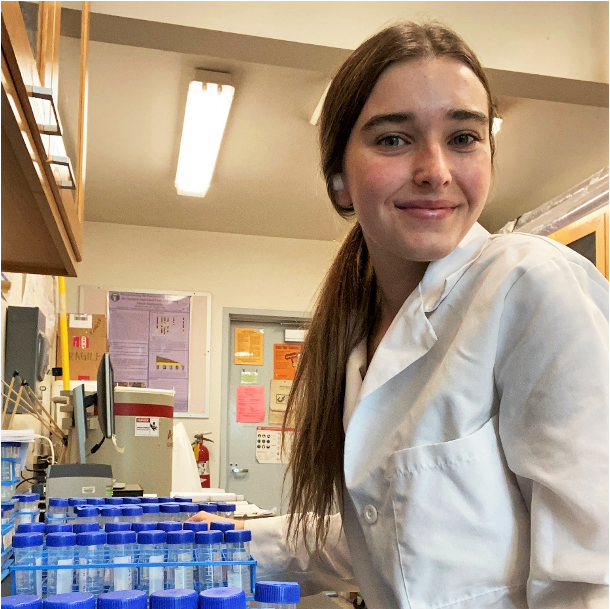
2020-2021 Research Scholars
We are extremely proud of each of our LSAMP Research Scholars, and would like to share their success! LSAMP Research Scholars have distinguished themselves in many ways: through their academic achievements, research experiences, service to their campuses and communities, and through their compelling personal stories.
Alistair Dumaup
Alistair Dumaup is a 4th-year Physics major at California State University, Fullerton. This is his first year being an LSAMP scholar. He has been working in Dr. Wylie Ahmed’s lab which focuses on the physics of soft, living, and active matter. His current research focuses on macroscopic (self-propelled) interfacial active matter and the study of its complex dynamics. As a result of being chosen as an LSAMP scholar, Alistair will able to spend more time focusing on his research and academics. He plans on applying for graduate school after receiving his B.S. in Physics.
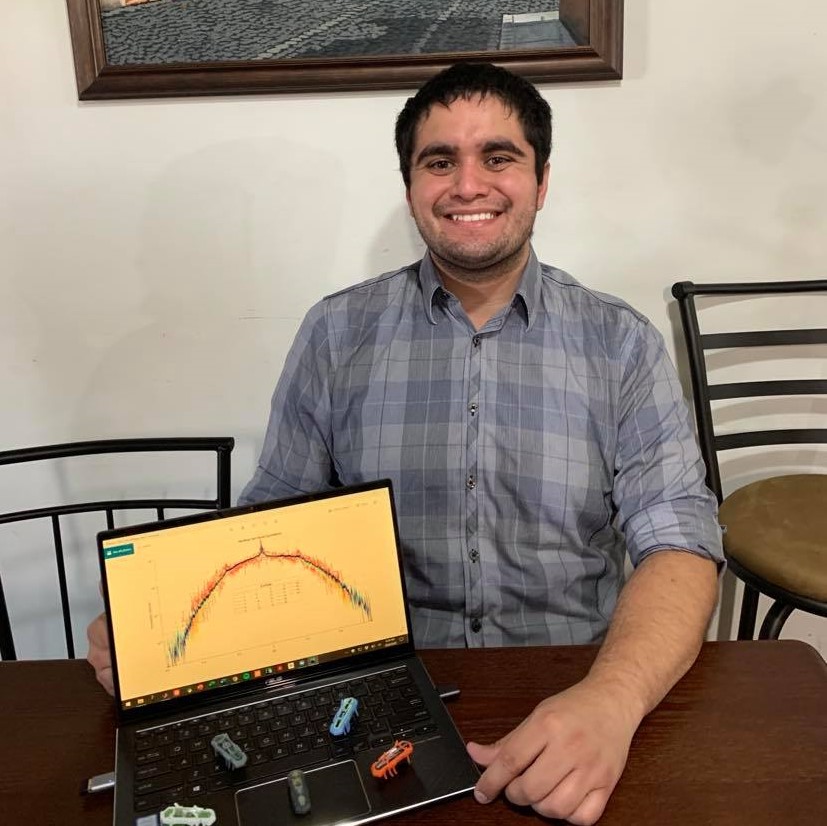
Anthony Estrada
Anthony Estrada is a senior Physics major at California State University, Fullerton. Starting his second year with LSAMP, he is continuing his research in the Soft, Active and Living Matter (SLAM) Lab under Dr. Wyle Ahmed in the Physics department. Anthony has worked with Dr. Ahmed for over a year, contributing to Dr. Ahmed’s work on intermediate active matter. Using self-propelled particles on the centimeter scale, they are analyzing the behavior of multiple particles in an enclosed system and comparing their collective motion across varying length scales. Throughout the course of a year, they have run experiments with varying particle counts up to 48. With this data, they have used methods of analysis such as Mean Square Displacement, Van Hove Correlation, and Velocity Autocorrelation to characterize the motion and behavior of these macroscopic particle systems. Being Anthony’s last academic year at CSUF, he is applying to several graduate school’s across the country, hoping to earn his PhD in Physics, with a focus in active matter.
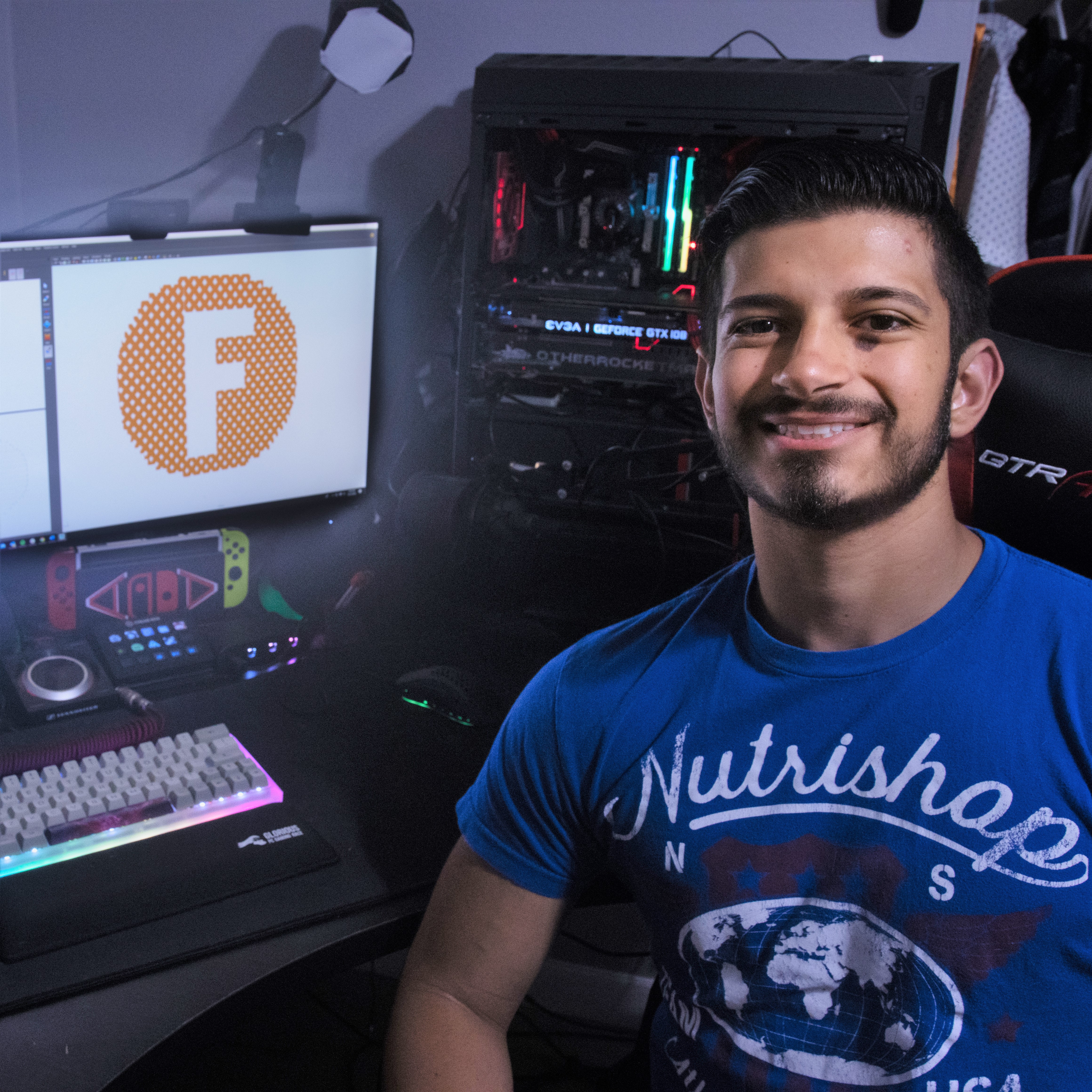
Axel Alvarez Loya
Axel Alvarez Loya is a senior Mechanical Engineering major at California State University, Fullerton. This year is his first year with LSAMP. Currently, Axel is working under Dr. Nina Robson for her DNA Origami and STEM Education projects and has been working with Dr. Robson since Spring 2018. Axel’s research involves the construction and design DNA nanostructures and the integration of mechanics into Nano design. Axel is the Mechanical/Science team lead of Titan Rover and works alongside many other majors for the development of the legacy project of CSUF’s mars rover. At the moment, Axel and his colleagues are working to create DNA nanostructures with mechanical joints along with working on a STEM course to encourage High School and Middle School students to pursue a career in STEM. These approaches include using DNA modeling software and Combining DNA to make structures. Lastly, Axel hopes to pursue a career in manufacturing or biomedical engineering. More specifically, he would like to research Nanorobots and how to Actuate then to perform Tasks.
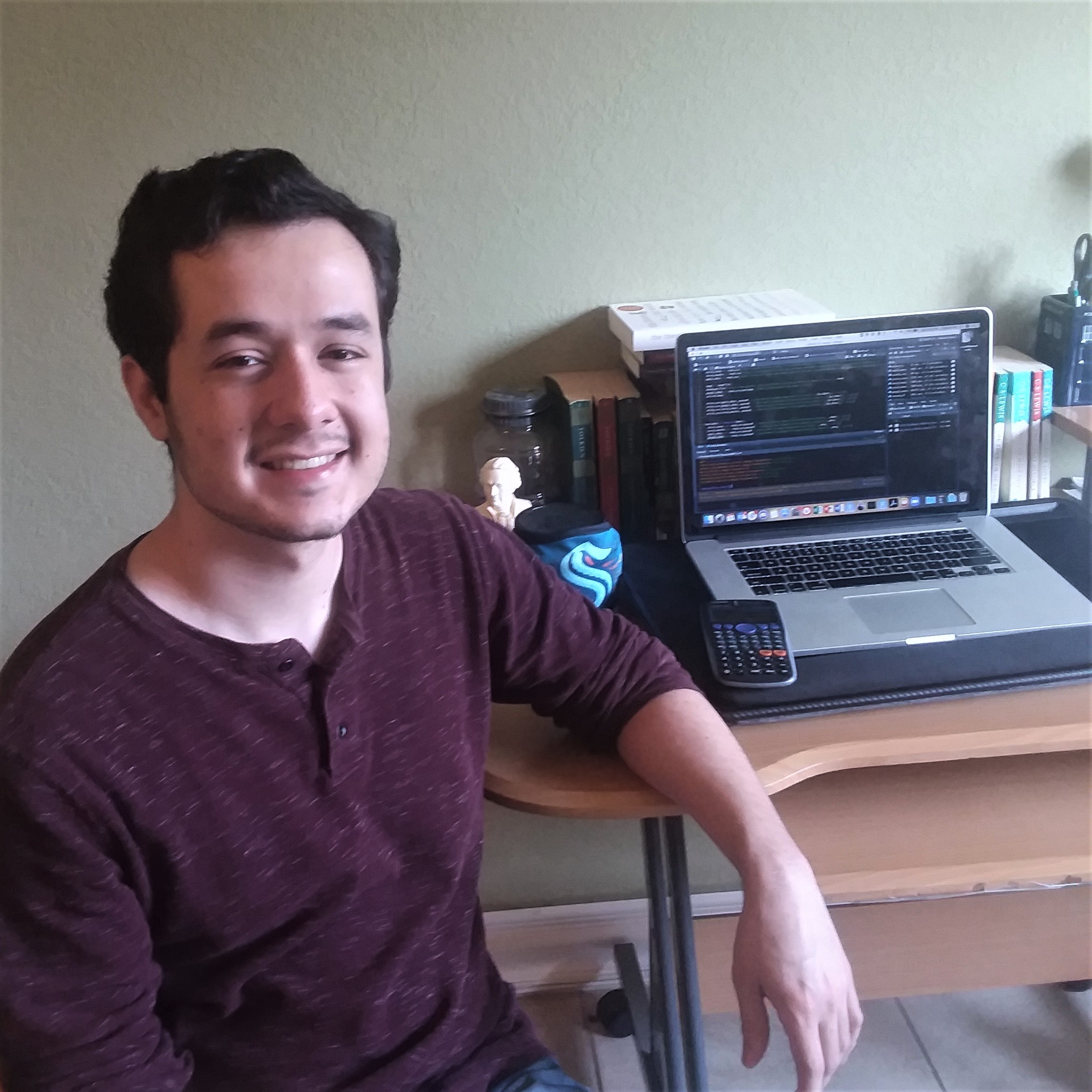
Caleb Peña
Caleb Peña is a senior at California State University, Fullerton majoring in Mathematics with a concentration in Probability and Statistics. As an LSAMP scholar, he is working with Dr. Sam Behseta to apply machine learning algorithms to model the relationship between human mobility trends and the spread of COVID-19. In addition, he is the analytics lead of the CSUF Volleyball Research project supervised by Dr. Dwight Wynne. The team develops analytical tools to assist the women’s volleyball coaching staff in player and team evaluation. After graduation, Caleb hopes to earn a Master’s degree in Statistics and pursue a career in sports analytics.
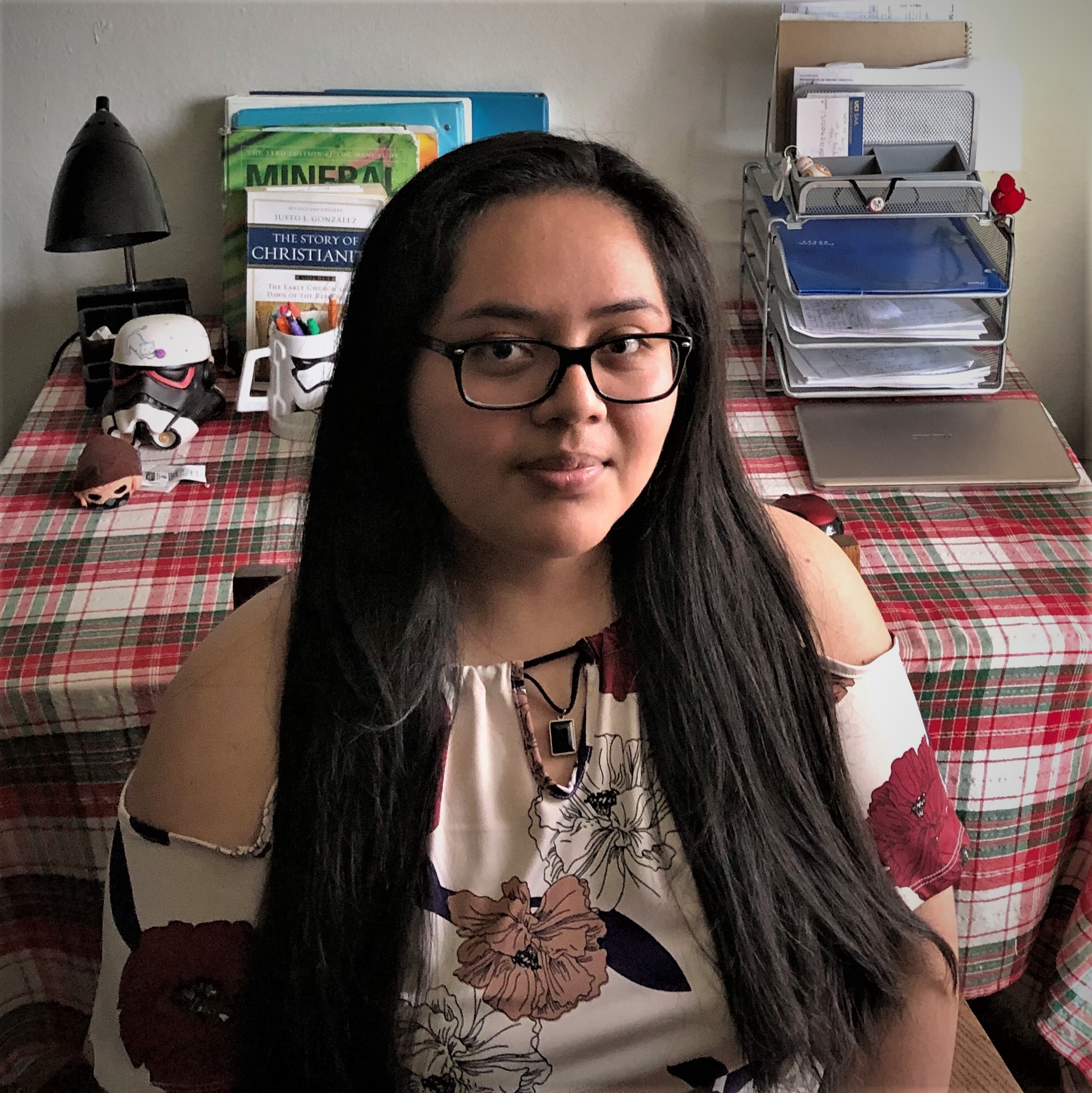
Daisy Quiroz
In her senior year, Daisy Quiroz is a current student in the Geological Sciences Department, majoring in earth science. Fall 2020 is Daisy’s first semester as an LSAMP research scholar. Daisy is currently working in Dr. Kirby’s paleoclimatology laboratory, researching Big Lake’s Holocene record for her thesis. She has been able to sample mud cores, compare wet and dry weights, mark magnetic susceptibility, and collect LOI data. Her research interests include paleoclimatology and environmental geology. Her fascination with the environment, especially climate, lead her to choose Earth Science as her major and drives her to the researching aspect of undergraduate studies. Her research experience as an undergraduate has lead to her interest in continuing her studies as a graduate student. Daisy will be applying for graduate schools for the 2021 academic year.
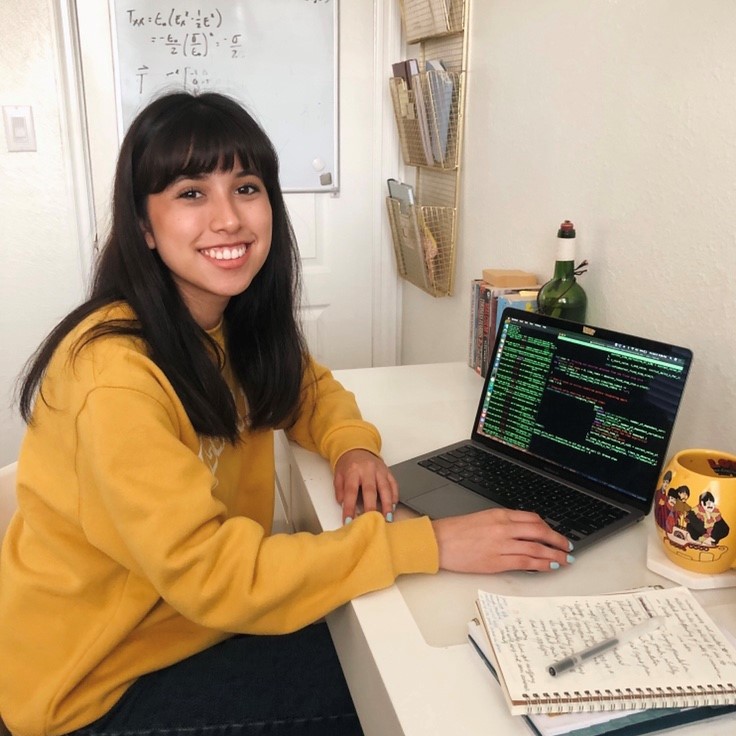
Jennifer Sanchez
Jennifer Sanchez is a senior Physics major at California State University, Fullerton and is starting her third year in the LSAMP program. Jennifer is a part of the Gravitational Wave-Physics and Astronomy Center where she conducts research with her advisor Dr. Geoffrey Lovelace. Her research is focused on contributing code to a next-generation astrophysical software called Spectre which will be able to solve multi-physics problems in astrophysics and gravitational physics. This astrophysical software will be able to efficiently and accurately conduct binary black hole, binary neutron star, and black hole-neutron star simulations which are steps in helping the Laser Interferometer Gravitational-Wave Observatory (LIGO) search for gravitational waves. Her career goals include attending graduate school to obtain a doctorates degree and hopes to continue to do research in gravitational waves.
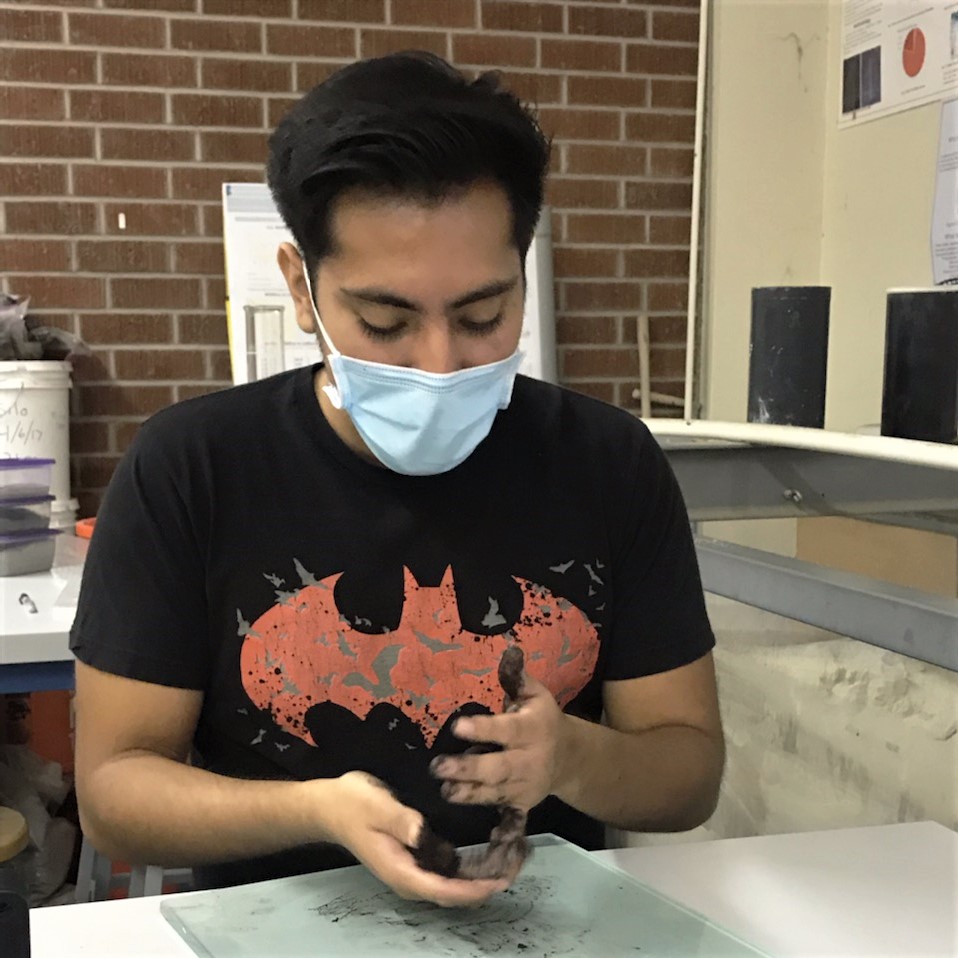
John Navarrete
John Navarrete is a senior Civil Engineering major at California State University, Fullerton, a first-time participant as an LSAMP Research Scholar. John is currently taking part in a Geotechnical research project conducted by Dr. Xenia Wirth to determine wildfire ash characteristics and how these factors affect the soil where the wildfires take place. John’s focus in the project is to perform tests such as the Atterberg tests and hydrometer tests to determine the characteristics, such as liquid limit and grain size distribution, of various wildfire ash samples. Having participated in the research project for about two semesters, John has become even more interested in the Geotechnical field and plans to continue to graduate school to earn a master’s degree in Geotechnical Engineering. John’s career goals after graduate school are to continue to learn more about and work in the Geotechnical industry.
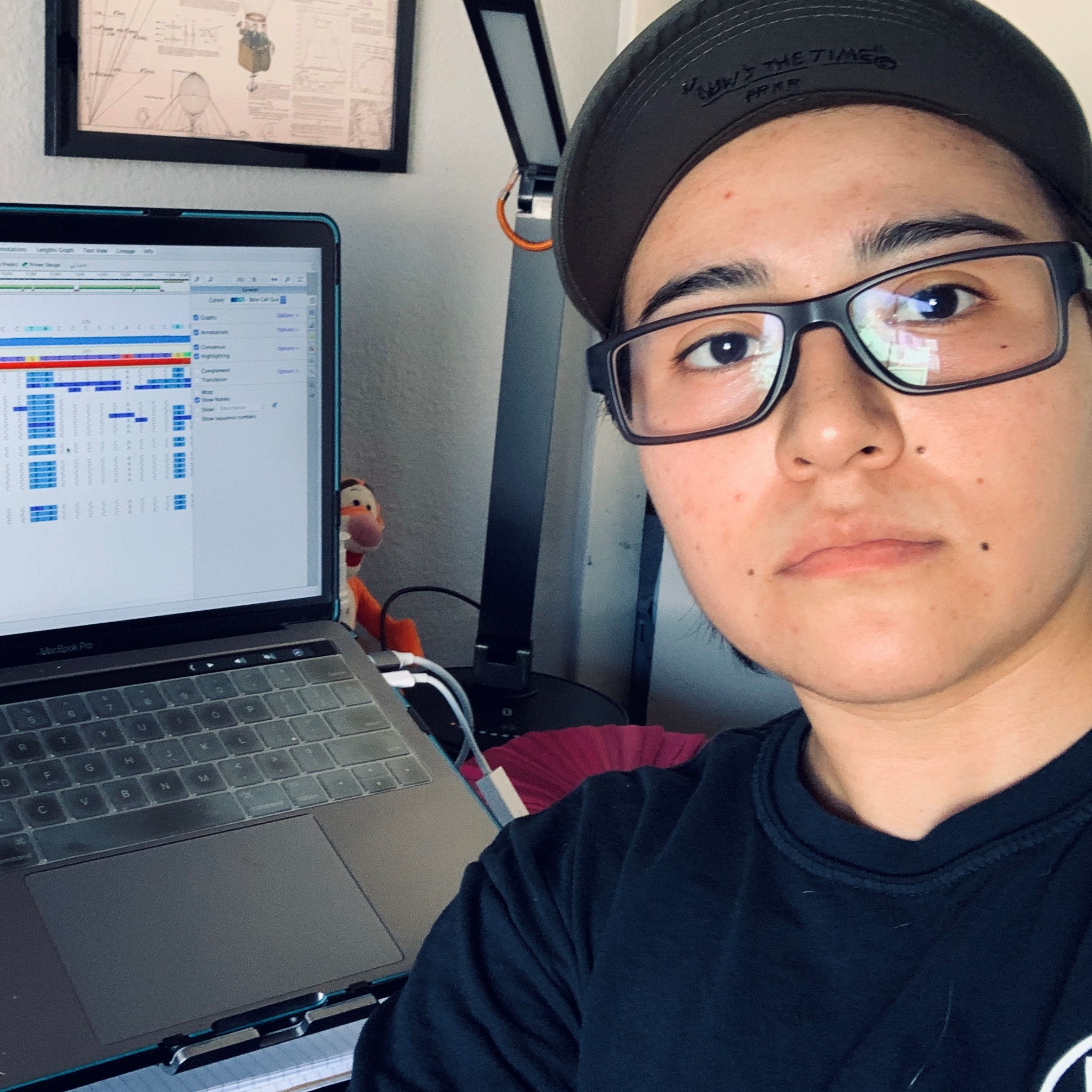
Anabell Espinosa
Anabell Espinosa is currently a senior Biology major with concentration on Ecology and Evolution at California State University Fullerton. She is participating in her first year in the LSAMP program. She is currently under the guidance of Dr. Ryan Walter as a LSAMP Research Scholar and has been involved in this lab for one year. Anabell’s research consists of annotating the mitochondrial genomes for barred pipefishes and related species. Furthermore, she is working to develop a phylogenetic analysis displaying the evolutionary relationships among these species. The LSAMP Research Scholar funds will help her publish on the Mitochondrial DNA B journal and finalize her research. Anabell is planning to attend graduate school and obtaining a Ph.D.
Katya Beener
Katya Beener is a senior undergraduate Geology major at California State University, Fullerton. This is her second year participating in the LSAMP program. Katya has been working under Dr. Joseph Carlin studying coastal and marine Geology for over a year. Katya’s thesis involves comparing core samples taken from the Monterey Bay Continental Shelf to source samples taken from beaches and rivers in the same area. The intent of this project is to examine how the source of sediment to the Monterey Bay has changed in the past 50 years. This research is important to her, because she is passionate preventing human induced climate change and mitigating negative human effects on the environment. The LSAMP program has allowed Katya to spend more time on her thesis and researching paleoclimatology. Her long term goals include going to graduate school for environmental sciences and continuing climate science research.
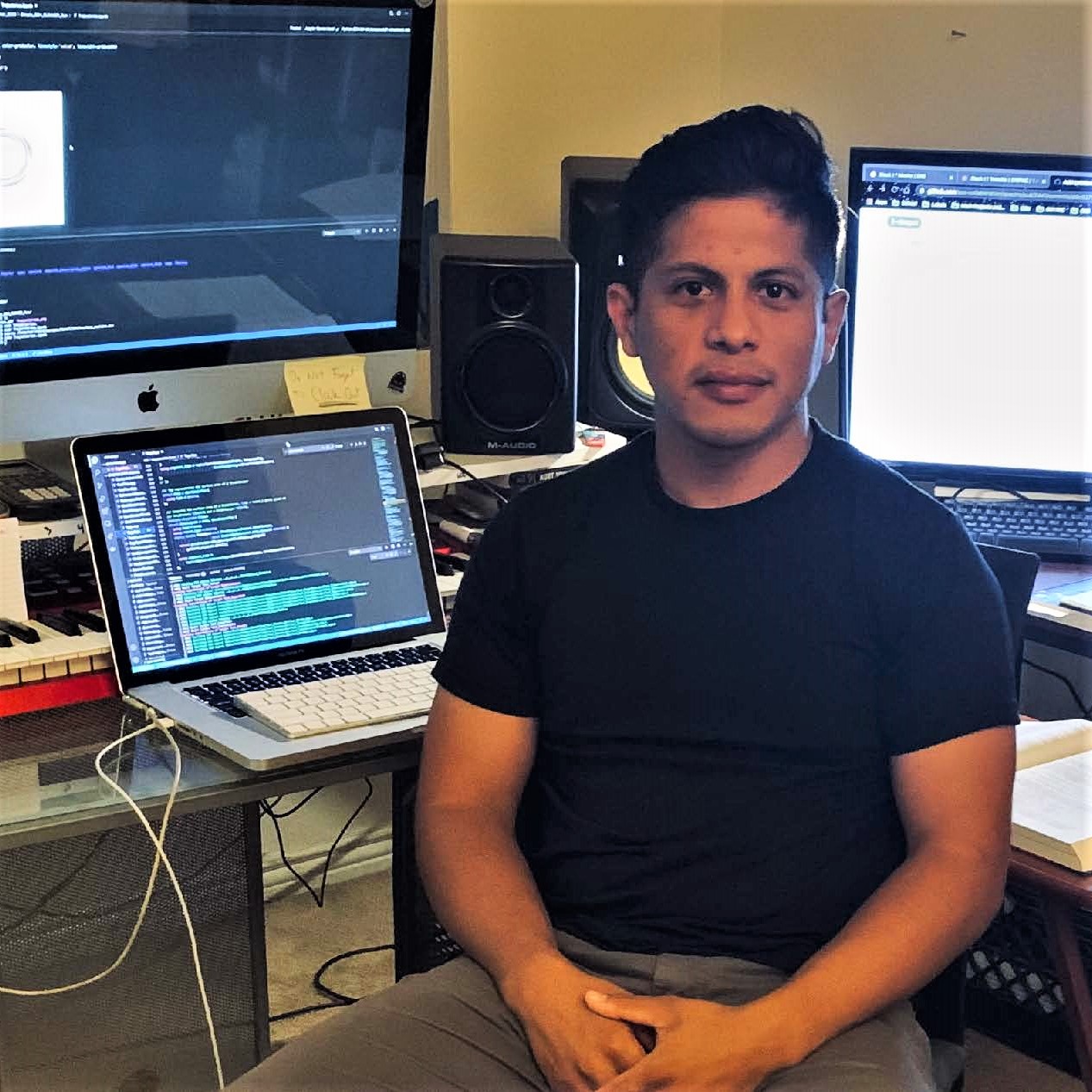
Marlo Morales
Marlo Morales is a junior physics student at Cal State University, Fullerton. Marlo is currently working at CSUF’s own Gravitational Waves Physics and Astronomy Center, also known as GWPAC in Dr. Geoffrey Lovelace’s numerical relativity group. His research involves contributing code that will be used to study the properties of extreme spacetime through numerical relativity. His work will add new capabilities necessary to measure the properties of the black holes’ horizons, such as their surface areas and the measures of mass and spin angular momenta. His career goal is to pursue a Ph.D. in gravitational waves physics to contribute to the understanding of general relativity and the properties of Einstein’s equations.
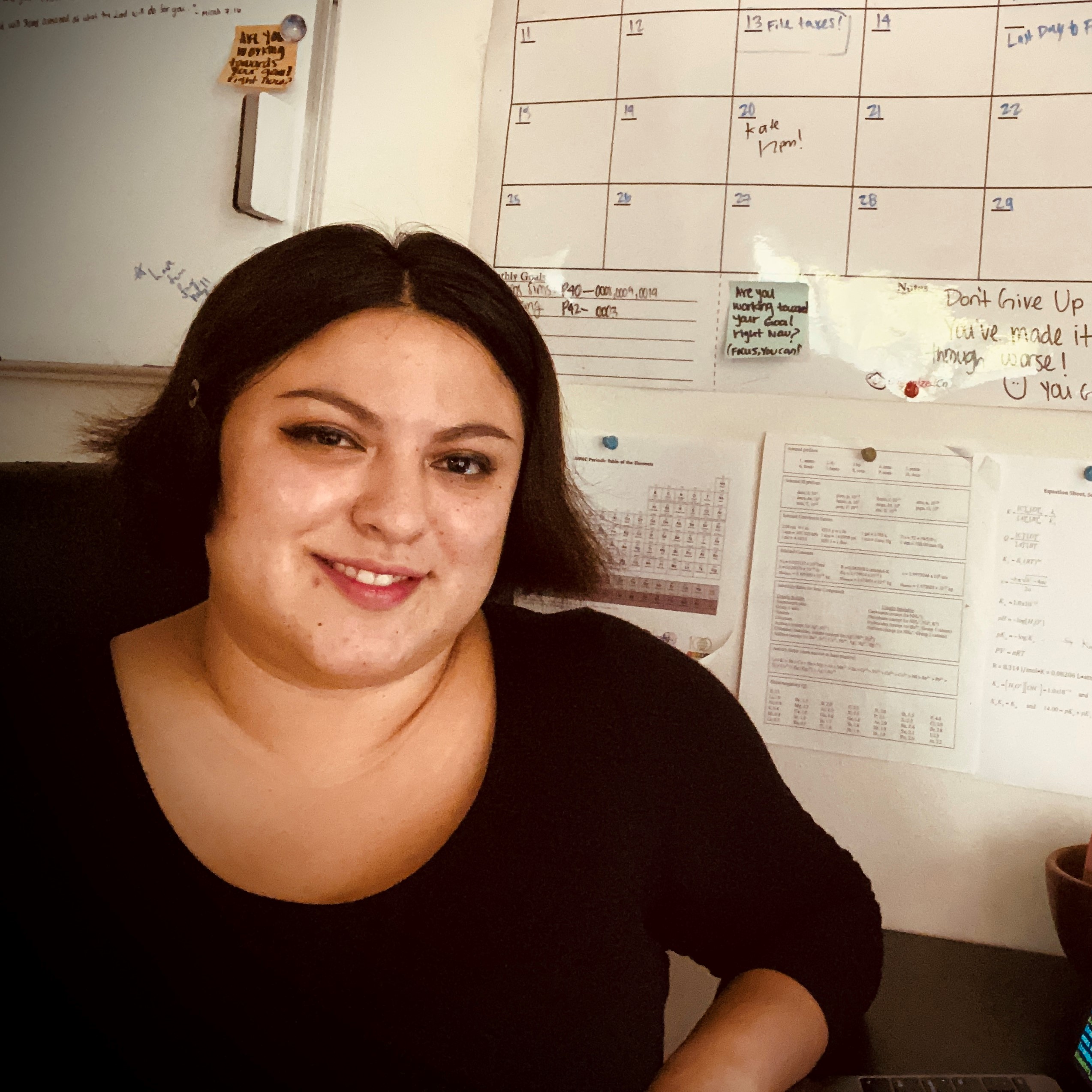
Teresita Ramirez Aguilar
Teresita Ramirez Aguilar is a senior majoring in physics at California State University (CSUF). She has been doing research with Dr. Geoffrey Lovelace at the Nicholas & Lee Begovich Gravitational Physics and Astronomy Center since her first semester at CSUF in the spring of 2017. Gravitational waves are ripples in the fabric of spacetime which travel at the speed of light, predicted by Albert Einstein's theory of General Relativity. Teresita uses the Spectral Einstein Code (SpEC), which uses supercomputers to solve Einstein's equations of General Relativity, to model sources of gravitational waves, such as binary black hole systems and black hole-neutron star systems. The simulations use parameters consistent with those of the Laser Interferometer Gravitational-wave Observatory (LIGO) and Virgo gravitational wave detections, to visualize waveforms and the black holes' horizons for the LIGO/Virgo Binary Black-hole Orrery (https://youtu.be/gmmD72cFOU4). Teresita also contributed code to SpEC where she is also working with black hole-neutron star mergers to model the creation of heavy elements (in a process called r-process nucleosynthesis). In addition, Teresita is also contributing code to Spectre, a next-generation numerical-relativity code that aims to operate efficiently on much larger supercomputers than SpEC can. Teresita would like to become a professor at a 4 year university and continue to do research. She is currently applying to graduate programs for the 2021 school year.
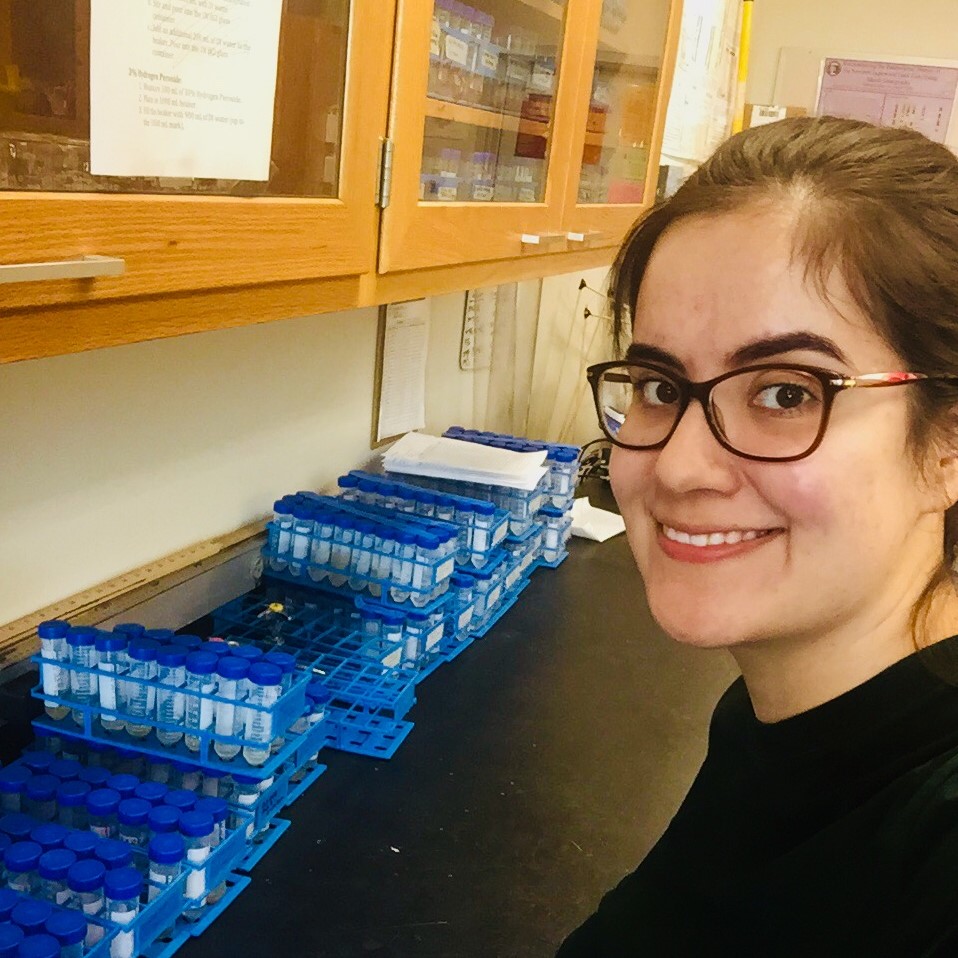
Theresa Duncan
Theresa Duncan is a senior undergraduate student majoring in Geology as well as completing a Geographical Information Systems (GIS) Certificate at California State University, Fullerton and this will be her first year as an LSAMP Research Scholar. Theresa has been conducting research for over a year in Dr. Joe Carlin’s Coastal and Marine Geology Lab. Theresa has been looking at seasonal changes in organic carbon burial within a restored tidal wetland; this research involves sampling and running analyses on sediments samples from several sites within the wetland. The purpose of this research is to help improve coastal wetland restoration and management in order to minimize the impacts of climate change. This research is important to Theresa because she has been interested in and passionate about the environment and climate change impacts for several years. Her career goals include obtaining a Master’s and Ph.D. and to work in a nonacademic research setting that helps the environment, particularly the coastal areas. Theresa will apply to graduate schools for the 2021 academic year.
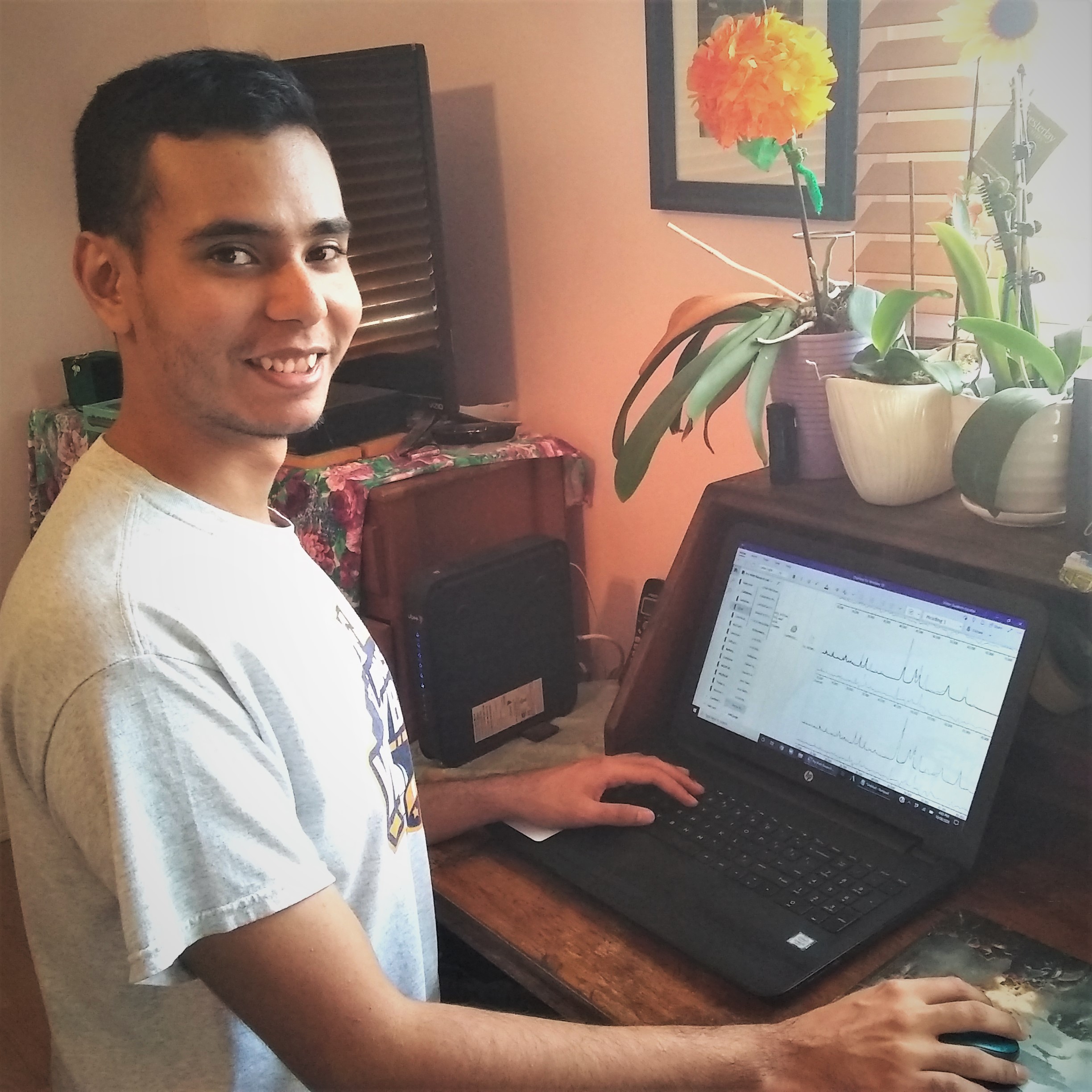
Víctor Guadrón-Escobar
Víctor Guadrón-Escobar is a senior majoring in Chemistry at California State University, Fullerton. This will be his first semester as a scholar in the LSMAP program. He has worked in Dr. Fry-Petit’s solid state chemistry lab since Spring 2020. Victor’s initial research focused on the synthesis of the perovskite La0.9Sr0.1Co1-xFexO3-δ (LSCFO) for oxygen purification. Additionally, he performed Pawley fits and Rietveld refinements for the structural determination of this solid. His researched, however, has shifted to the structural determination of the Na4Ag44(p-MBA)30 nanoparticle superstructure. He will work with Rietveld refinements along with simulated annealing to solve the structure of the material. He will graduate on Spring 2021 and plans to attend graduate school with the goal of obtaining a Ph.D. in inorganic chemistry. His career goal is to become a professor and perform research in organometallic chemistry.
